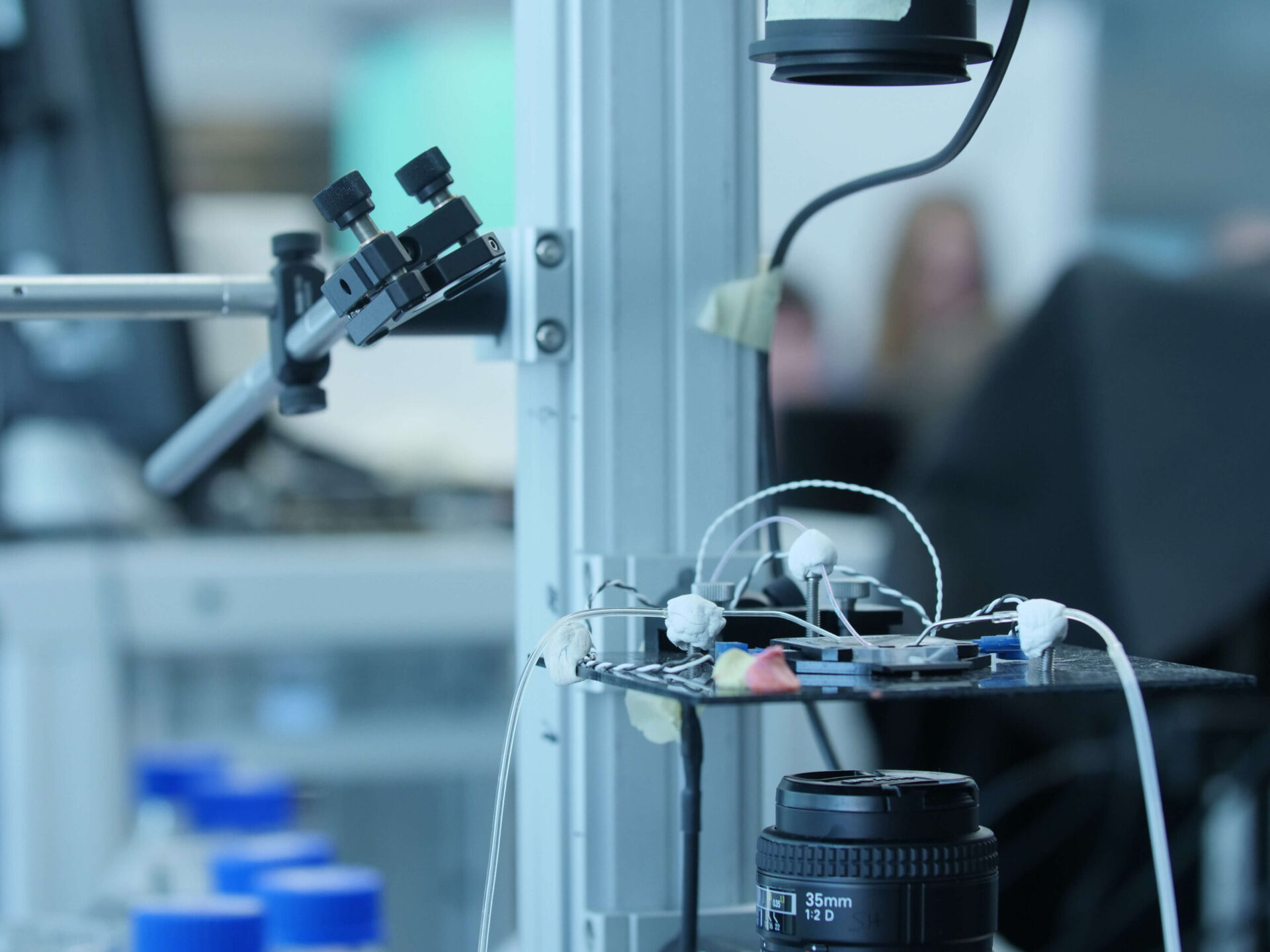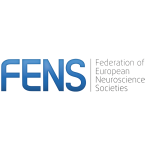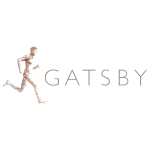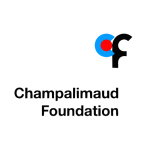Course overview
Quantitative studies of behaviour are fundamental in our effort to understand brain function and malfunction. Recently, the techniques for studying behaviour, along with those for monitoring and manipulating neural activity, have progressed rapidly. Therefore, we are organizing a summer course to provide promising young scientists with a comprehensive introduction to state-of-the-art techniques in quantitative behavioural methods.
This course’s content is complementary to other summer courses that focus on measuring and manipulation neurophysiological processes. Our focus is on methodologies to acquire rich data representations of behavior, dissect them statistically, model their dynamics, and integrate behavioral measurements with other kinds of neurobiological data. To this end, students will 1) fabricate devices for recording the behavior of experimental organisms (including flies, fish, and humans), 2) learn, under the guidance of the scientists developing these methods, the modern tools to analyze behavioral data from these organisms, and 3) in a week-long independent project develop and conduct a behavioral study of their own design, with the support and guidance of the course instructors and teaching assistants.
Course directors

Benjamin de Bivort
Course Director
Harvard University, USA

Ann Kennedy
Course Director
Northwestern University, USA

Giorgio Gilestro
Course Director
Imperial College London, UK

Daniel McNamee
Course Director
Champalimaud Research, Portugal
Keynote speakers
Ahmed Al-Hady (Max Planck Institute, Konstanz, Germany)
Kristin Branson (Janelia, USA)
Andre Brown (Imperial College, UK)
Bing Brunton (U Washington, USA)
Serena Ding (Max Planck Institute, Konstanz, Germany)
Gonzalo de Polavieja (Champalimaud, Portugal)
Kim Hoke (Colorado State University, USA)
Karla Kaun (Brown University, USA)
Kate Laskowski (UC Davis, USA)
Zach Mainen (Champalimaud, Portugal)
Talmo Pereira (Salk Institute, USA)
Nachum Ulanovsky (Weizmann Institute, Israel)
James Cotton (Northwestern, USA)
Juan Gallego (Imperial College, UK)
Greg Stephens (Vrije Universiteit Amsterdam)
Sama Ahmed (U Washington, USA)
Course content
This 3-week course is a practical “hands-on” introduction to advanced methods in behavioural tracking and analysis. Our educational goal is to cover sufficient background such that all participants will be able to establish these techniques in their home laboratories.
In the pedagogical portion of the course (blocks 1 and 2, see below) we will use two main experimental model systems: flies (Drosophila melanogaster), fish (Danio rerio), and humans (Homo sapiens). Several days of instruction will focus on the analysis of video, audio, and biosignal recordings. On these days, students will perform analyses on data from flies, fish, and humans which they acquired, videos we provide rodents behaving, or data from their own organism of choice. In the student project portion of the course (block 3), students may develop their experiments and analyses using organisms in use at the Champalimaud (subject to their availability) in addition to our main three model systems (flies, fish, and humans).
We will cover data acquisition (software, hardware, tools), preprocessing (single animal, body parts, and multiple animals tracking systems), data analysis (clustering, ethograms) and modeling.
Course format
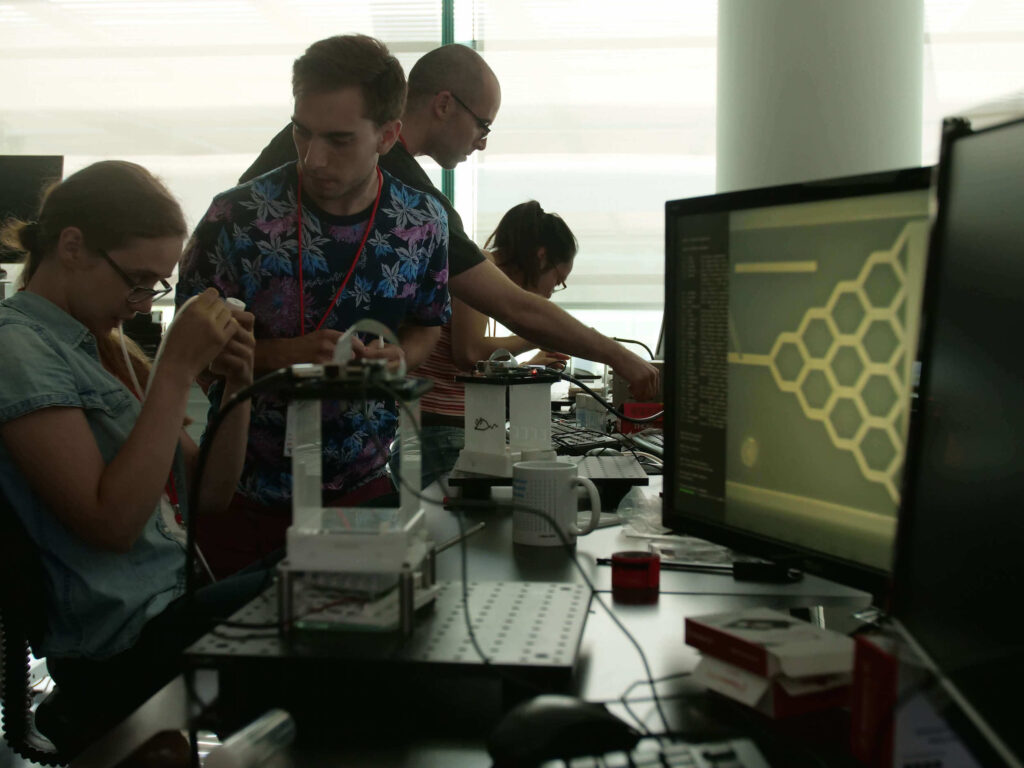
The course is organized in 3 blocks. During the first block, the students will use fruit flies and humans as model organisms to learn, through hands-on device fabrication, environment design, and data acquisition, how modern ethological technology (e.g. video tracking, virtual reality, automation, optogenetics, etc.) can be used for quantitative behavioral experiments.
In the second block, students will zoom into their favourite species and learn and apply quantitative analysis methods (unsupervised and supervised ethograms, manifold inference, deep neural networks, theoretical modeling, etc.) to tackle questions about behavior and brain function.
In the third block, students will form small groups and deploy these new skills to design and implement a week-long research project of their choice that consolidates this new knowledge, culminating in presentations of their findings. The extended project will offer an opportunity for the participants to undertake novel state-of-the-art research supervised by international experts in the field.
In addition:
- International speakers will give daily seminars to describe how quantitative tools of behavioural analysis have impacted their work. Several of these speakers will also conduct pedagogical sessions to instruct students in the devices and analyses they have developed. Students will have structured opportunities to interact scientifically and socially with course speakers outside of the lab.
- Students will give daily micro-presentations on their successes and failures implementing the instructed techniques of blocks 1 and 2.
- Students will give presentations, throughout the course, on the research they are pursuing in their home labs.
- At the end of block 3, students will present their independent projects in a culminating research symposium.
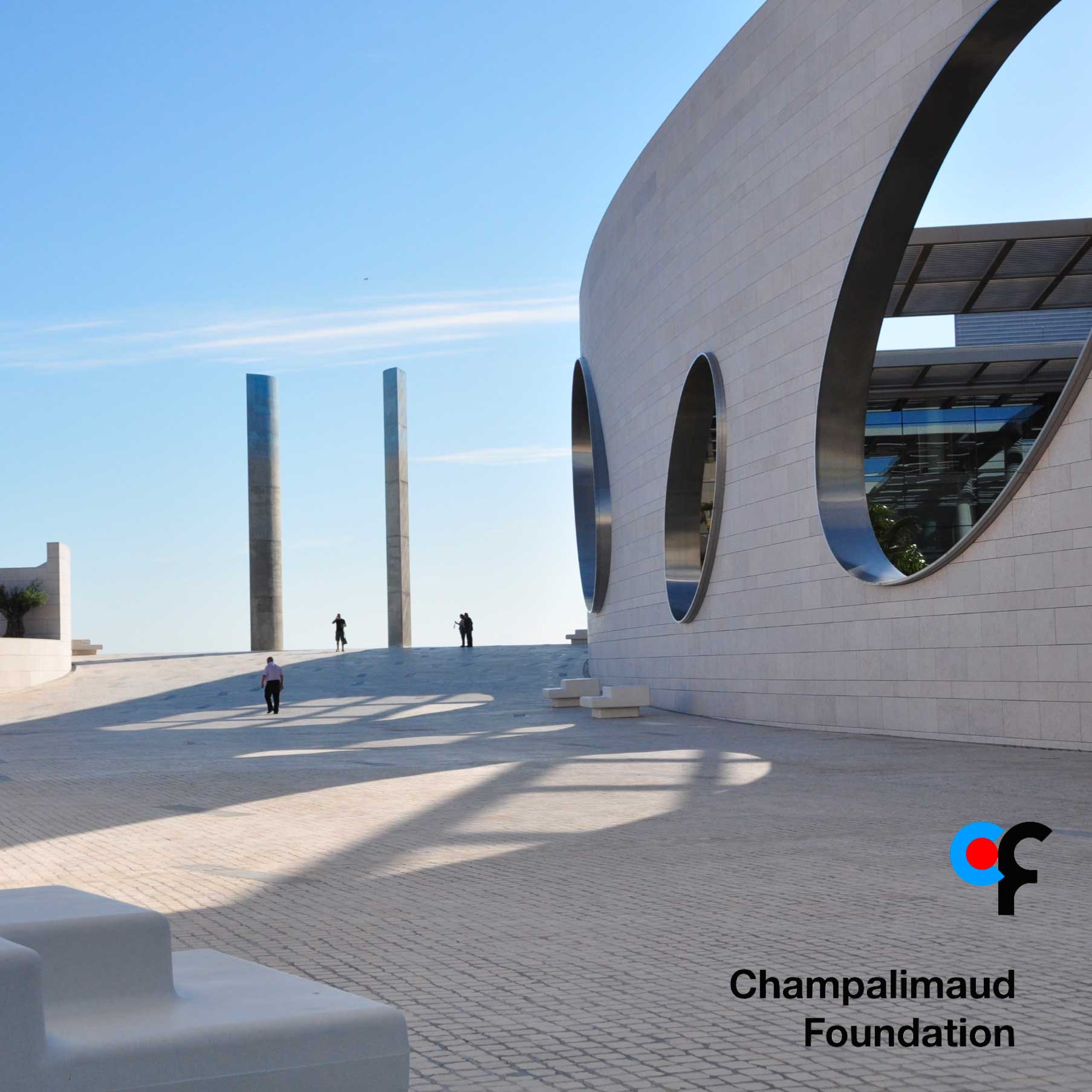
Champalimaud Centre for the Unknown, Portugal
The Champalimaud Foundation is a private, non-profit organization, established in 2005 and dedicated to research excellence in biomedical science. Completed in 2010, the Champalimaud Centre for the Unknown is a state-of-the-art centre that houses the Champalimaud Clinical Centre and the Champalimaud Research, with its three parallel programs – the Champalimaud Neuroscience Programme, the Physiology and Cancer Programme, and the Experimental Clinical Research Programme.
Initially focused on a system and circuit approach to brain function and behavior, the Centre expanded to incorporate molecular and cell biological expertise. The Centre comprises 26 research groups (circa 400 researchers) leading independent curiosity-based research.
Facilities
The Centre provides Facilities dedicated for Training, some in their entirety, for use by the CAJAL Advanced Neuroscience Training Programme. These include the Teaching Laboratory, a fully equipped open lab space for 20-30 students that can be dynamically reconfigured to support a full range of neuroscience courses. It also overlooks, via floor to ceiling windows, a tropical garden and the river. The experimental spaces include: Imaging Lab: A dark-room containing a full size optical table is used for advanced imaging setups (two-photon microscopy, SPIM, etc.) and custom (course-designed) optical systems.
Registration
Fee : 3.950 € (includes tuition fee, accommodation and meals)
Applications now open.
The CAJAL programme offers 4 stipends per course (waived registration fee, not including travel expenses). Please apply through the course online application form. In order to identify candidates in real need of a stipend, any grant applicant is encouraged to first request funds from their lab, institution or government.
Kindly note that if you benefited from a Cajal stipend in the past, you are no longer eligible to receive this kind of funding. However other types of funding (such as partial travel grants from sponsors) might be made available after the participants selection pro- cess, depending on the course.

